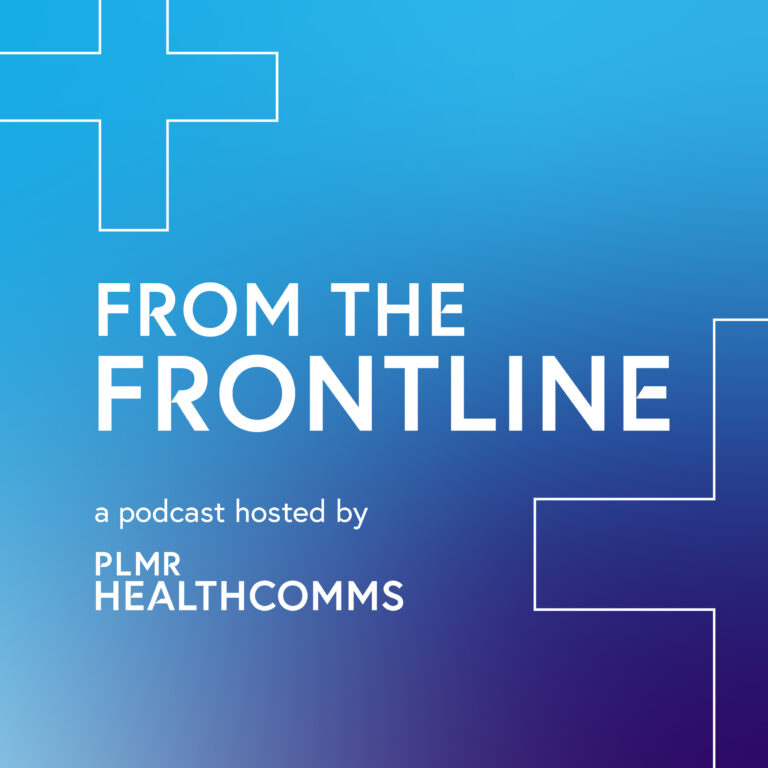It is safe to say that community engagement is a crucial part of any planning application, and that potentially, getting it right is as important to a large-scale, controversial scheme as great architecture and sound planning advice.
With our work on some of the largest schemes in the capital, we can certainly testify that strategy and solid implementation are the back bone of securing support. However, what happens when no-one is all that fussed about your industrial site conversion into offices for example? Consultation and engagement are still important and don’t have to be a likely low turnout public exhibition in a community hub – you can implement it in alternative ways.
Targeting those who are not interested or ambivalent about a project, as well as those ‘hard to reach groups’ that do not regularly engage in the planning process is centred around accessible information and bringing information to them in a Mohammed and the mountain fashion. This is going a step further than having a standalone project website available to those who have received a leaflet or a newsletter about the scheme given their location, and creating targeted advertising and messaging campaigns on regularly used platforms at a relatively lower cost with higher yield results than traditional consultation methods.
Online consultation is not a new revelation but driving web traffic and local people to your website through social media advertising on Instagram, Twitter and Facebook is. Sweeping generalisations aside, a 30-something year old with two kids and a full-time job is much more likely to have 5 minutes to scroll through their Instagram feed on the way home, see an advert for a development in their area, click on it and find out more information, vs. the likely 30-minute round trip travel time and 20-minute attendance at a public exhibition, putting people off attending as they don’t have time away from their usual routine. Allowing the opportunity for these people to engage increases the potential for a wider opinion and voice to be heard, rather than the ‘usual suspects’ that attend public exhibitions, with the same complaints about traffic, parking and density.
This can of course be utilised as a tactic on larger and more controversial schemes, however becomes more relevant on those little-known sites that people aren’t immediately aware of. Events for your Battersea Power Stations and Crystal Palaces of this world are always likely to attract a high number of attendees to a public exhibition as they are of such interest. However, targeting advertising becomes more significant when the scheme is less controversial, and particularly when you’re looking to increase engagements levels for a project and demonstrate the true opportunities for participation in an easy format.
In no way is this advocating the elimination of the public exhibition as we know it. That will remain the centre of a large number of consultation exercises for years to come. However, using targeted advertising and our tools such as Mapdragon, we can undertake online consultation that brings together those who were previously unlikely to participate. The main benefit of this is creating a more balanced approach and feedback that can truly alter schemes for the better, creating a development with local buy-in, which can be praised for this by the local authority, hopefully creating the ideal outcome of a smooth positive committee decision.
The benefits of best practice public consultation are self-evident. Lets just look at how we can do things differently than the traditional to achieve the best outcome for the benefit of all parties.




